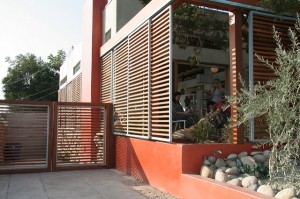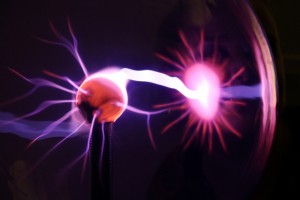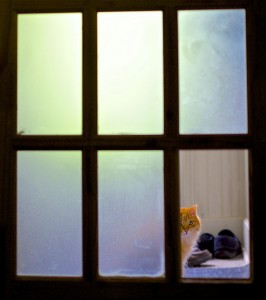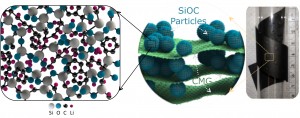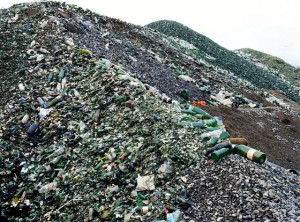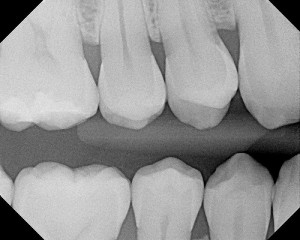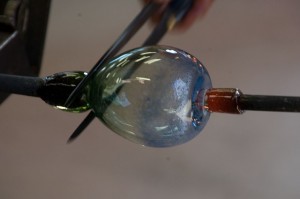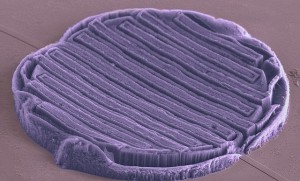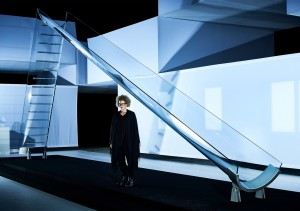Using passive and active glass to reduce heat
Controlling solar radiation is one of the key challenges building designers face today. Glass is a huge part of building design. It is both necessary and desirable because glass is the best way to admit natural light into a constructed space. While visible light and the potential for natural ventilation are both desirable, invisible light frequencies are responsible for the generation of heat inside the building. Generally, it’s difficult (but not impossible) to separate the visible light frequencies from the invisible ones. The price of doing so often diminishes the amount of visible light that comes into a space.
Active glass technologies allow us to block invisible light by changing the behavior of the glass. Active glass technologies – such as electrochromic (or “smart”) windows – block invisible light frequencies at the cost of the visible ones. Electrochromic windows operate as an automatic shade that manipulates the opacity of the glass. You do get the benefit of blocking invisible light, but it comes at the cost of blocking the visible light frequencies at the same time.
Passive glass technologies use the sunlight to modify the glass. In this case, the opacity of the glass is not completely diminished. Instead, the glass tints in response to the presence of invisible light frequencies. Thermochromic and photochromic glasses sacrifice some visible light in order to reduce (but not eliminate) the transmission of invisible solar radiation.
Other approaches – such as solar shading – are also used to deflect incoming sunlight. Enough of the visible light frequencies are directed through building glass, but the shades reduce solar heat gain. This approach achieves a reduced solar heat gain at the expense of the view!
In cases where the view is already sacrificed – perhaps in a very dense urban area – another approach to reducing solar heat gain is available. Glassprimer™ glass paint is a specially formulated glass coating that creates a nanoscale bond to the surface of the glass. The paint actually modifies the surface of the glass to ensure that the paint bonds permanently. Glassprimer™ glass paint offers superior UV resistance, which means that it won’t chip, fade or peel, even when exposed to direct sunlight.
Glassprimer™ glass paint can be tinted to match the color palette of any major paint manufacturer, so you’re assured tha Glassprimer™ glass paint will blend seamlessly into any decorating plan. Best of all, it’s cost-effective, providing coverage for about $1 per square foot.
If you’d like more information about Glassprimer™ glass paint, please visit the rest of our site. If you’d like to purchase Glassprimer™ glass paint, please visit our online store .
Photo Credit: Jeremy Levine, via Flickr.com

